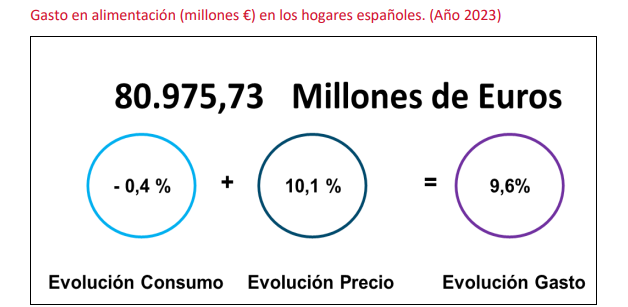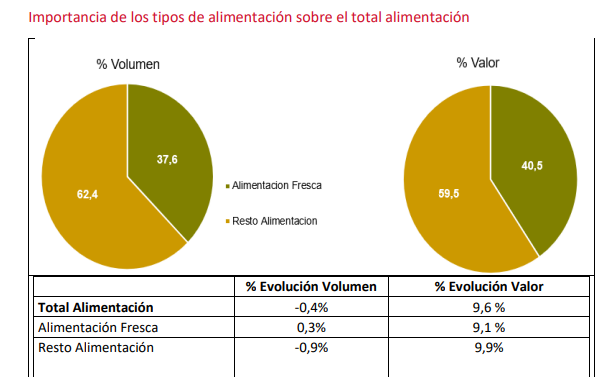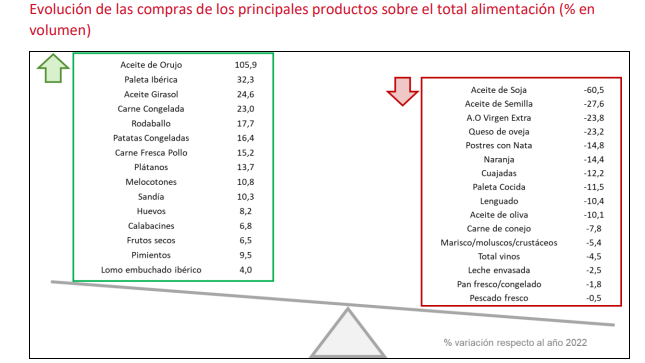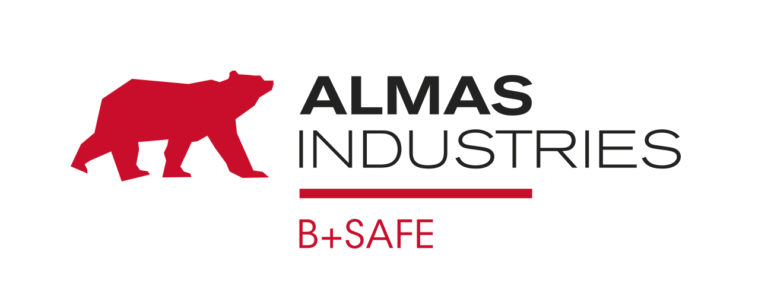Data from the Ministry of Agriculture, Fisheries and Food show a break with the downward trend registered in previous years as consumption in all meat categories increased by 6.4% in relation to 2022, despite the inflation registered in 2023.
If we segment by species, and with the exception of sheep, all meats have increased their consumption at home, with chicken meat leading the way, rising 15.2% compared to 2022; It is followed by pork with +7.4% and beef, with an increase of +1.6%. Sheep/goats register a drop of 5.7%. Meat derivatives registered a drop of 0.8%.
The consumption of meat and meat derivatives outside the home in 2023 represents a drop of 3.4% compared to the previous year.

According to the report, the total expenditure of Spanish households on food and beverages for domestic consumption during the year 2023 increases by 7,082.3 million euros, which, in terms of evolution, implies an increase of 9.6% of the worth. If we compare with respect to the time before the pandemic, the consumption carried out in 2023 at home is far from that carried out during 2019 (6.3%), although again it is the strong growth realized in the average prices of 24.3 % who causes the agri-food market to bill 16.5% more than in 2019. In individual lines, per capita consumption is reduced in 2023 compared to 2019 by 47.29 kilos per person per year, although the expenditure invested per person It is 224.03 euros higher.
If we look at the shopping basket, the demand for fresh food varies positively with a growth of 0.3%, which makes this segment a little more important this year.
2023. It maintains and represents 37.6% of the volume consumed at home. Non-fresh foods are responsible for 62.4% of the remaining volume. In billing, fresh food represents a higher proportion than it represents in volume (40.5%), because this type of food has a higher price than the rest of the food.


More information
















